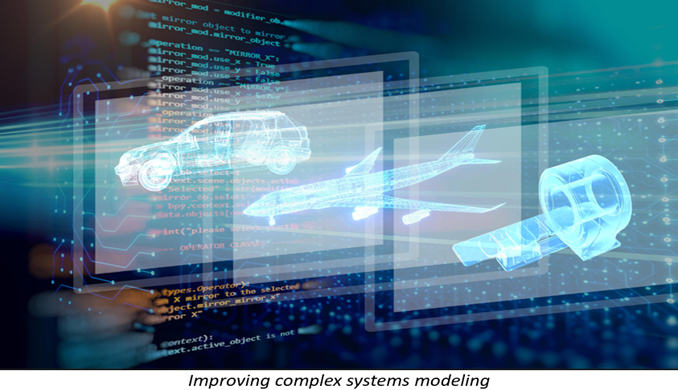
The standards development organization, Object Management Group (OMG), recently began seeking public comments on a major upgrade to its Systems Modeling Language (SysML), which is widely used to specify requirements, design, and testing of complex systems. The upgrade was enabled by the contributions of NIST's Conrad Bock and Raphael Barbau. Its new capabilities include:
Modeling Time and Spatial Requirements in Complex Systems: This enables spatial requirements to be developed without committing to specific shapes for objects. For example, the SysML 2 upgrade can capture requirements for landing gear to be inside or outside a plane at given periods and then later refined by designs for gear geometries, topologies, and behaviors. These new capabilities were extended from a NIST-developed, four-dimensional framework that addresses time and the three spatial dimensions together, enabling integration of these models.
Simplified Complex Systems Modeling: Prior to the upgrade, modeling a new complex system to be built from existing parts was very laborious, due to the effort of customizing those parts. The upgrade to SysML 2 significantly simplifies customization of existing parts, enabling engineers to focus on how they interact to meet system requirements.
Improved Modeling of Systems Behavior: Before the upgrade, SysML was a comparatively ambiguous modeling language, resulting in less accurate systems models, unless addressed in non-standard ways with considerable mathematical training. The upgraded SysML 2 uses a more precise modeling technique, developed by NIST and inspired by its Process Specification Language. The result is more accurate systems models with less mathematical training.

